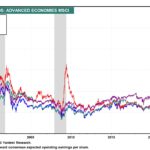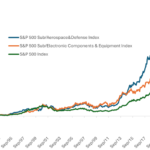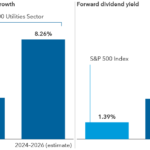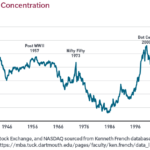Streaming giant Netflix(NFLX) is often touted as one of the success stories in the past few years. It is part of the FANG group of superstar firms. Currently the company has a market cap of over $130.0 billion. Netflix stock does not pay a dividend and the P/E ratio is about 95. After reach a high of over $385 the stock has fallen recently and currently goes for about $298 a share.
While Netflix dominates the streaming market, competition is heating up. More recently Disney launched its Disney+ streaming service and is widely hailed as a success. After years of failing to understand the future of streaming Disney(DIS) is finally waking up and trying to compete against established players more specifically Netflix. I see more online and tv ads promoting Disney+ and the the marketing power of this entertainment leader cannot be understated.With that said, investors may be better off taking a wait and watch approach now as opposed to initiating any new positions. Going forward, Netflix could have a time time ahead as some consumers find the competition more interesting. Moreover any further price increases to fund more high-cost shows will hurt Netflix.
A $10K investment five years ago in Netflix stock would be worth over $62,000 today. However past performance is no guarantee of future performance. So with competition heating up, Netflix is unlikely to produce such awesome returns over the next 5 years and beyond.
I had bookmarked an an article by Matthew a while ago with a different take on Netflix. He notes that the success of the company was not due to its own amazing strategy but rather the failure of its competitors to move fast into streaming. Below is an excerpt from the piece:
Getting Lucky With Netflix
Take Netflix by example. Over recent years, some investors have earned exceptional returns by “investing” in companies like Netflix. Over the last decade, Netflix shares have compounded at almost 45%. Any investor who bought and held shares of Netflix for the last decade (easier said than done) has likely done well. But how much risk was taken to earn those returns?
In 2009 Netflix was just getting into streaming, and it still had a big DVD-by-mail business. Netflix generated no original content to speak of and was up against formidable competitors such as Comcast in distribution and Disney and HBO in content creation. If streaming was Netflix’s future, a prudent investor might have reasoned the company would have a tough row to hoe.
Netflix circa 2009 was essentially a nice-looking user interface and some licensing agreements. What’s more, even if Netflix was successful, it would be faced with a wholesale transfer-pricing problem. What is a wholesale transfer-pricing problem? In the case of Netflix, the problem has to do with licensed content. Content creators hold all the cards. As soon as Netflix started to earn profits, content creators could take substantially all of those profits by increasing the price to license content.
Of course, as we know now, things turned out much better for Netflix than they could have. The problem is that there is no reliable or repeatable strategy for identifying the source of Netflix’s success. Gross incompetence from cable providers and an extremely slow move into streaming from content creators were perhaps more responsible for Netflix’s success than the company’s own strategy and execution.
Disney Will Make Life Tough for Netflix
And not for nothing, but many of the issues Netflix faced in 2009 still lurk as major risks for the company today. Content providers are pulling their top shows off Netflix, and Disney, HBO, Apple, and Comcast all have competing streaming services that start rolling out next month. The Disney+ service launches November 12 for $6.99 per month and will be free for a year to many Verizon customers. Free will be hard for Netflix to compete against.
Betting that a company with almost no competitive advantage will succeed because of poor strategic decisions on the part of competitors probably isn’t a prudent strategy.
Source: The Royal Road to Riches: Blue-Chip Dividend-Paying Stocks by Matthew A. Young, Young Investments
The key takeaway from this post is that one should not invest in a company hoping that its competitors won’t compete fiercely. Instead investment in company’s stock should be made based on its own fundamentals and competitive advantages over others in the field.
Disclosure: No Positions



